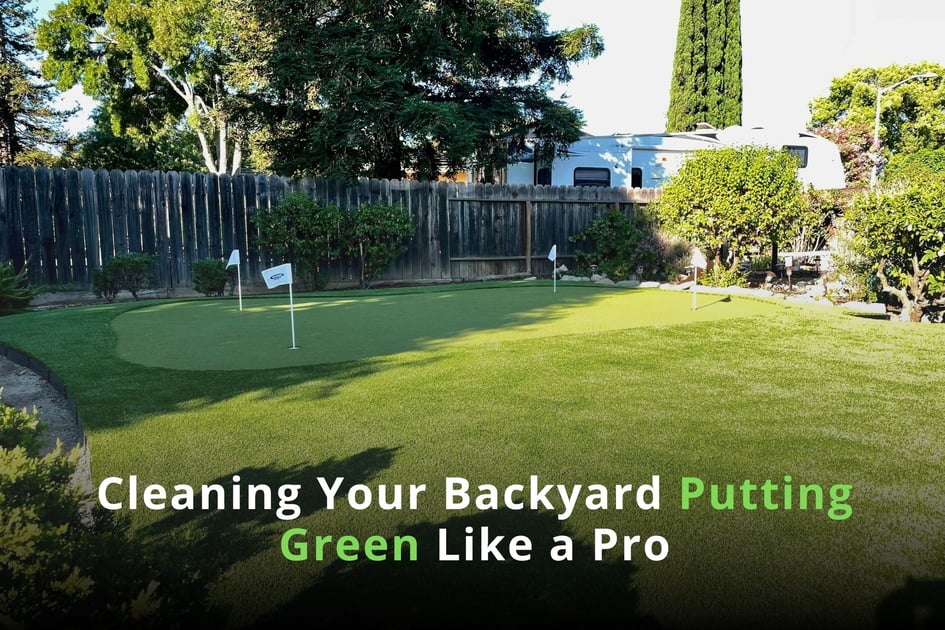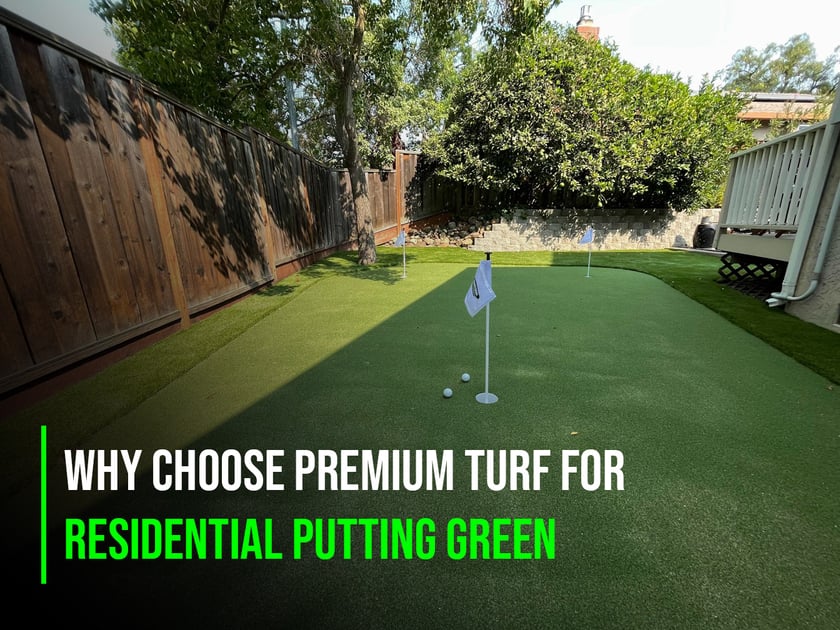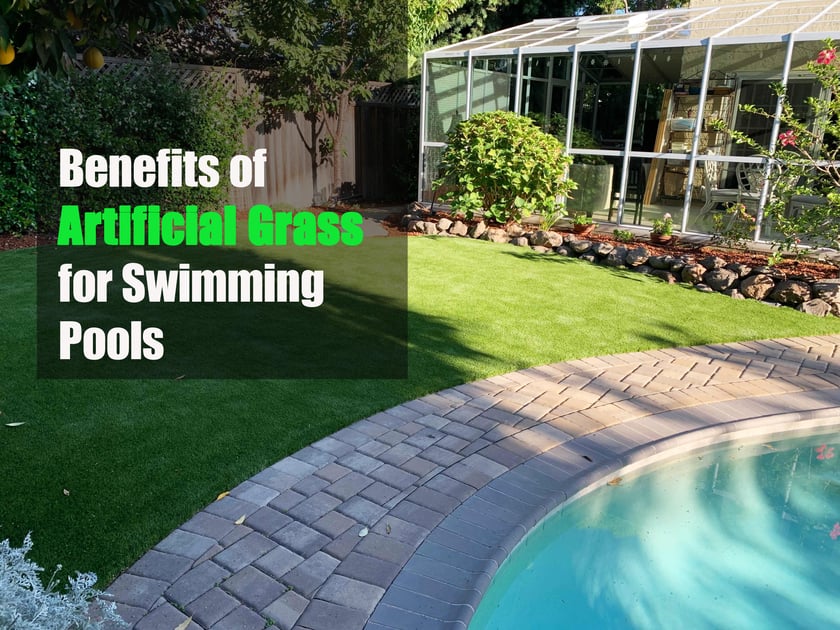LEED-EBOM [Existing Buildings Operations & Maintenance] is the ongoing incremental improvement in LEED-certified design for existing facilities. Facilities have operating budget and energy efficiency goals. Artificial grass (synthetic turf) can help an existing facility meet new goals for higher efficiency, specifically in natural resources use and environmental impact by:
- Using less water and
- Reducing effluents, run-off of chemical fertilizers, pesticides and herbicides
Although an upfront, initial sustainable design and contruction is the first step to a green building, sustainable operations and maintenance is also critical. You can create a plan for improved facility management that incrementally improves sustainable operations.
LEED-certified designed buildings have the best chance of attaining energy and environment goals. The concepts in LEED for Existing Buildings: Operations and Maintenance offer ideas for better sustainability.
Natural Resources: Water Efficiency
The Water Efficiency section of LEED-EBOM is aimed at reducing facility water use in all respects. Indeed, a minimum of a 20 percent reduction in indoor fixture water use is a prerequisite in this section. In addition, up to five points are available for an additional 30 percent reduction in indoor fixture water use. Facility managers can earn up to two points for water metering, an extremely important strategy for maintaining water savings long term. As many as five points are available for totally eliminating landscaping water use (irrigation).
Reduced Materials: Avoiding Chemicals
There is a "Materials and Resources" section of LEED-EBOM. It covers just about anything that comes in or goes out of the facility, such as the chemicals that might be included in any environmental impact assemessment. Purchasing policy, such as avoiding chemical use by installing artificial turf, and waste management policy, by reducing effluent, run-off that might include chemicals can get you LEED benefits in terms of points. These points are awarded for sustainable purchasing and waste management points are awarded for conducting an audit and reducing waste.
Overlooked point credits include "Facility Alterations and Additions," for whcih you get a point if sustainable materials account for at least 50 percent (by cost) of any purchases used for renovations, demolitions, refits and new construction. This can be easily overlooked because if you're hiring a contractor, such as Heavenly Greens, it applies to the materials we use as well.
Sustainable Sites
LEED-EBOM offers points for a sustainable site management policy, which includes landscaping and maintenance and material selection. It also includes credits for pest management and erosion control plans, which can both be helped with synthetic turf and proper site preparation. Your plan may need to address everything, but mostly needs to demonstrate how it exceeds standard practices in reducing the use and runoff of pollutants such as fertilizers, herbicides and pesticides.
You may find this other article useful to find out more, "A Breakdown Of LEED-EBOM."













